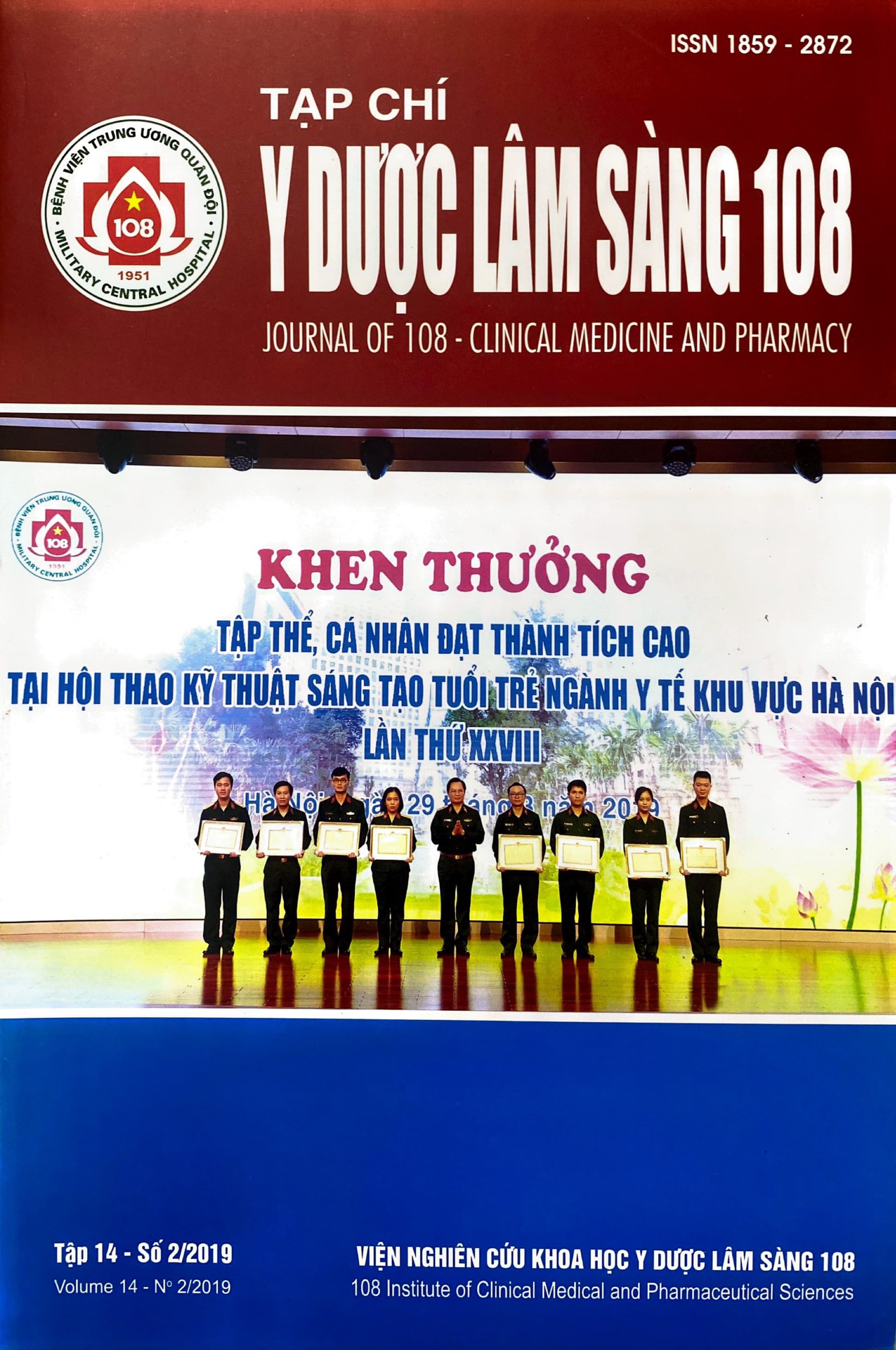Diagnosis of cholangiocarcinoma by using the SpyGlass™ Spyscope system: A case report
Main Article Content
Abstract
Cholangiocarcinoma accounts for almost 3% of all gastrointestinal cancers, and about one-fourth of cases with cholangiocarcinoma are extrahepatic cholangiocarcinomas [3]. Prognosis depends on early diagnosis and curative treatment. We report a case of the extrahepatic cholangiocarcinoma, which was diagnosed by using the SpyGlass™ Spyscope system. A 45 year old male patient with history of cholecystectomy who presented with fever and ague. Laboratory data: Bilirubin total: 59µmol/l, liver enzyme AST: 58U/l, ALT: 82U/l, GGT: 611U/l, tumor marker: CA19-9: 7.9U/ml, CEA: 1ng/ml. Abdominal ultrasound and CT scanner showed: Left hepatic duct was dilated 16.8mm, right hepatic duct 17.5mm, common bile duct 15mm with thickened wall. We performed SpyGlass-procedure and a 4 biopsy specimens were obtained using the SpyBite forceps. The cyto-pathology result was bile duct adenocarcinoma.
Article Details
References
2. Al-Zahir, Journal et al (2017) Extrahepatic cholangiocarcinoma with prolonged survival: A case report. J Med Case Rep 11(1): 357.
3. De Groen PC et al (1999) Biliary tract cancers. N Engl J Med 341: 1368-1378.
4. Khan SA et al (2002) Changing international trends in mortality rates for liver, biliary and pancreatic tumours. J Hepatol 37: 806-813.
5. Kathryn J et al (2018) Novel application of SpyGlass™ cholangioscopy in the diagnosis and treatment of extrahepatic biliary obstruction in infants. Journal of Pediatric Surgery Case Reports 38: 19-22.
6. Laleman W et al (2016) Usefulness of the single-operator cholangioscopy system SpyGlass™ in biliary disease: A single center prospective cohort study and aggregated review. Surg Endosc.
7. Mendiratta-Lala M et al (2017) Small intrahepatic peripheral cholangiocarcinomas as mimics of hepatocellular carcinoma in multiphasic CT. Abdom Radiol (NY) 42(1): 171-178.
8. Navaneethan et al (2015) Single-operator cholangioscopy and targeted biopsies in the diagnosis of indeterminate biliary strictures: A systematic review. Gastrointest Endosc 82(4): 608-614.
9. Siddiqui AA et al (2012) Identification of cholangiocarcinoma by using the SpyGlass™ Spyscope system for peroral cholangioscopy and biopsy collection. Clin Gastroenterol Hepatol 10(5): 466-471. quiz e 448.
10. Sobin LH, Gospodarowicz M, Wittekind C (2009) TNM classification of malignant tumors. 7th edn. Wiley, Chichester.
11. Wakai T et al (2005) Impact of ductal resection margin status on long-term survival in patients undergoing resection for extrahepatic cholangiocarcinoma. Cancer 103: 1210-1216.
 ISSN: 1859 - 2872
ISSN: 1859 - 2872
